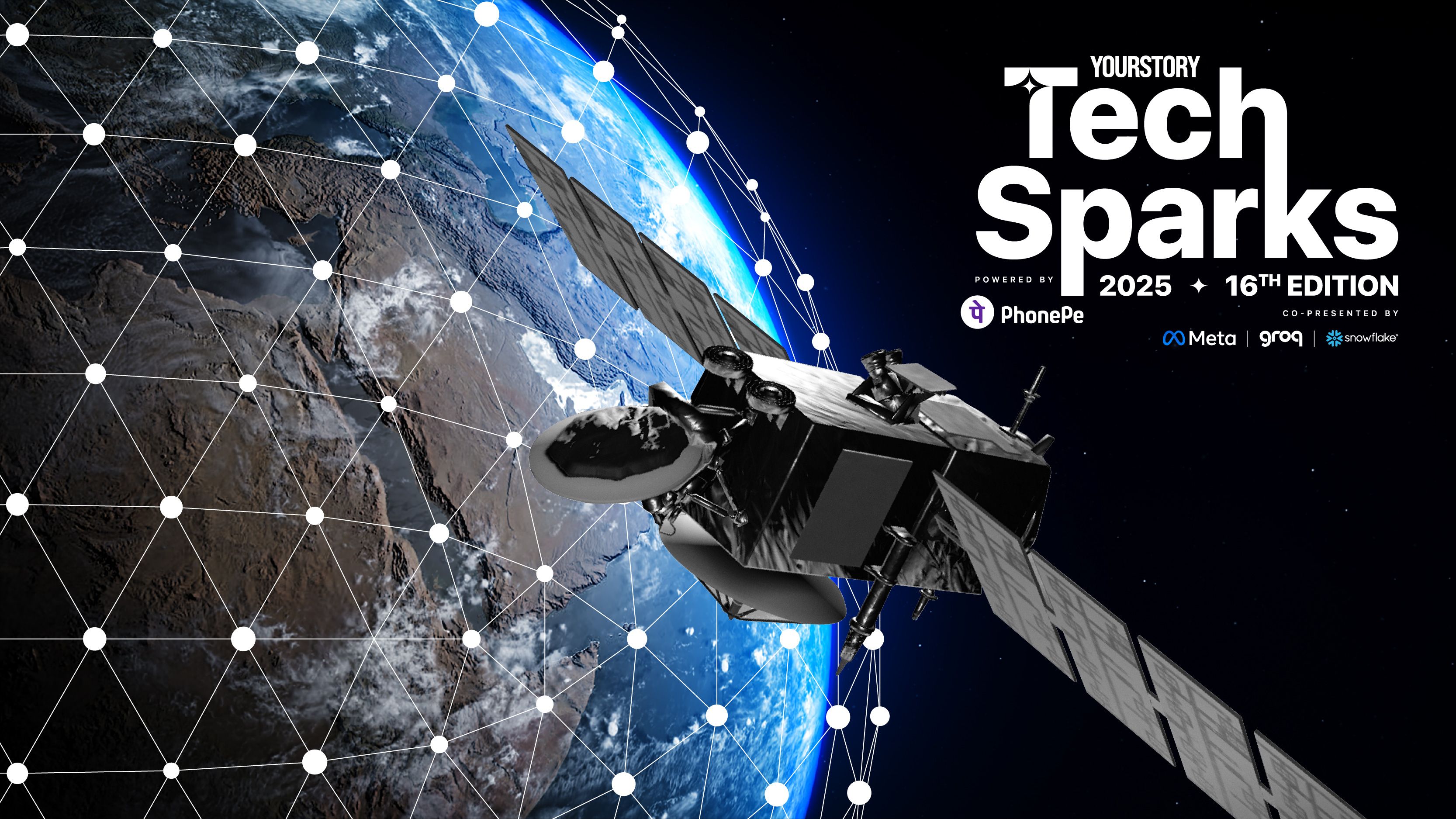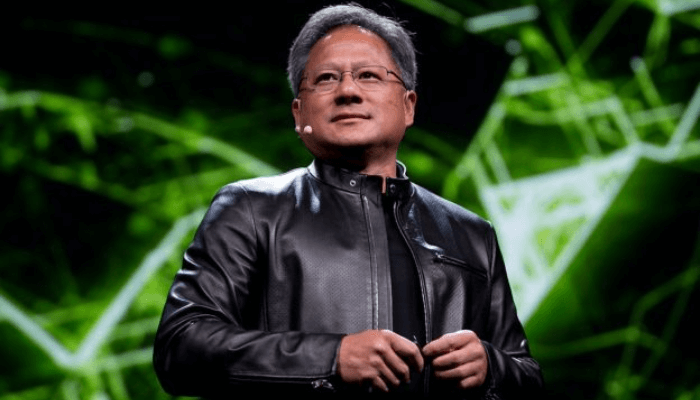Copyright yourstory

A few months ago, one of our largest geospatial pipelines froze mid-run. No errors. No alerts. Just silence. The model was fine. The data was fine. But somewhere deep in the orchestration layer, version mismatches and memory limits quietly pulled the plug. That’s when it hit us—this is what AI at scale really looks like. Not the glamour of intelligence, but the grind of keeping intelligence alive. Everyone celebrates AI models—GPTs, vision transformers, and multimodal agents. But the real story isn’t in the model; it’s in the machinery around it. The orchestration, memory management, telemetry, and pipelines that quietly sustain intelligence. Large models didn’t just redefine what AI can do—they changed how we build technology. They made system design part of the intelligence itself. Prompt routing, context caching, latency control, scaling—these aren’t ML breakthroughs; they’re feats of engineering. Now imagine bringing that same platform discipline into geospatial AI? That’s where the next leap lies. Where Geospatial AI still lags In Earth observation, every new project feels like starting from zero. The same datasets are cleaned differently each time. The same models are retrained for new regions or resolutions. The same pipelines are rebuilt for each satellite. It’s a bit like running a kitchen that rewrites its recipes every day. The food’s fine, but nothing scales. Our models work. Our science is sound. But our systems don’t scale—and that is the real barrier now. Essentially, the future of geospatial AI depends less on accuracy and more on architecture. A few other industries have already crossed this bridge. Financial tech solved for scale through event-driven systems that make real-time credit decisions. E-commerce built feature stores that learn from every interaction and reuse intelligence across contexts. Advertising tech runs continuous learning loops, optimising billions of signals each day. They didn’t just build smarter algorithms—they built platforms. Systems that learn once and then scale forever. That’s where geospatial technology is heading: from project-based experimentation to platformised Earth intelligence, where data, models, and APIs form one reusable foundation. Scaling AI isn’t just about GPUs We once undertook a 900-terabyte drone imagery project. On paper, it seemed straightforward: process, analyse, deliver. But in reality, it was chaos. The data was messy, unlabelled, and in a format no one liked. Within a week, GPU jobs stalled, memory leaked, and workflows looped endlessly. That’s when we learnt the hardest truth: training a model is easy; keeping it running at scale is the real challenge. Tiling, batching, validation, drift detection, cost optimisation—none of it sounds exciting, but it’s what separates a demo from a product. During the project, five different teams—AI, Platform, DevOps, QA, and Product—worked in parallel and ended up building five disconnected systems that didn’t fit in together. Next lesson learnt. System design isn’t overhead—it’s the foundation. So, we changed our approach. System architecture now precedes our code. QA is embedded, not appended. Cross-team design reviews aren’t red tape—they’re how we move faster later. Execution, not speed, became our differentiator eventually. Foundational models taught us something crucial: intelligence doesn’t scale until infrastructure does. Geospatial AI now stands at that same inflection point. The data is rich, the models are strong, but the systems still lag. From EarthGPT to Earth systems We don’t need one massive model that answers every planetary question. We need a network of modular, domain-aware spatial models that connect through shared, robust infrastructure. Imagine it like an orchestra where: Each model plays an instrument—land, water, vegetation, infrastructure. The platform keeps rhythm—ingestion, indexing, drift tracking, and cost control. APIs conduct the performance—translating raw pixels into usable insights. It’s engineering for planetary scale. At SatSure, we’re enabling this through SatSure Sage, our AI-driven banking intelligence platform. It helps financial institutions assess and monitor agricultural credit risk using satellite data and ML models. But its real value lies in the platform that powers it. 1. One platform, many verticals The same core system powers products across insurance, infrastructure, and climate domains. We built ingestion, metadata, and orchestration layers once and reuse them everywhere. That’s how scalability compounds. 2. Data with provenance Every dataset is tracked, versioned, and auditable. Each model output is explainable and scored. In banking, that makes satellite intelligence not just useful but also trusted. 3. Integrated beyond dashboards Sage isn’t just a collection of dashboards or fancy reports. It’s a suite of intelligence APIs that plug directly into a bank’s loan management and underwriting systems. From an agriculture perspective, this means field-level intelligence—crop health, yield potential, or weather anomalies—flowing straight into business workflows for loan origination, portfolio monitoring, and risk assessment. It gives institutions an edge in customer acquisition, risk pricing, and portfolio management, transforming how agricultural credit is extended and managed. 4. Always learning Every loan outcome feeds back into the model. Over time, Sage learns patterns that link crops, weather, and repayment behaviour. It’s an adaptive system that evolves with the economy. 5. From maps to markets When smallholder farmers—often invisible to the formal credit ecosystem—become visible through satellite data, it enables financial inclusion at scale. The bigger picture The next leap forward isn’t another model—it’s the platform layer that makes them work together sustainably. Because the future won’t be owned by whoever builds the biggest model. It will be built by those who create dependable systems, the kind that turn pixels into predictions, predictions into trust, and trust into progress. That’s when AI stops being a headline and evolves into the quiet infrastructure that powers how we understand and manage the planet. Rashmit Singh Sukhmani is the CTO and co-founder of SatSure, a spacetech startup that delivers scalable, actionable insights by refining Earth Observation data into industry-specific solutions. (Disclaimer: The views and opinions expressed in this article are those of the author and do not necessarily reflect the views of YourStory.) (Learn more on how AI is reshaping India’s startup ecosystem and be part of this change only at TechSparks 2025. Join us at Taj Yeshwantpur, Bengaluru, on November 6–8 and be part of the innovation shaping the nation’s future. For more information, click here.) (Edited by Sohini Mitter)



